Making the Switch to Alternative Fuel Vehicles
The road to a sustainable Hawaiʻi is filled with options
LEARN
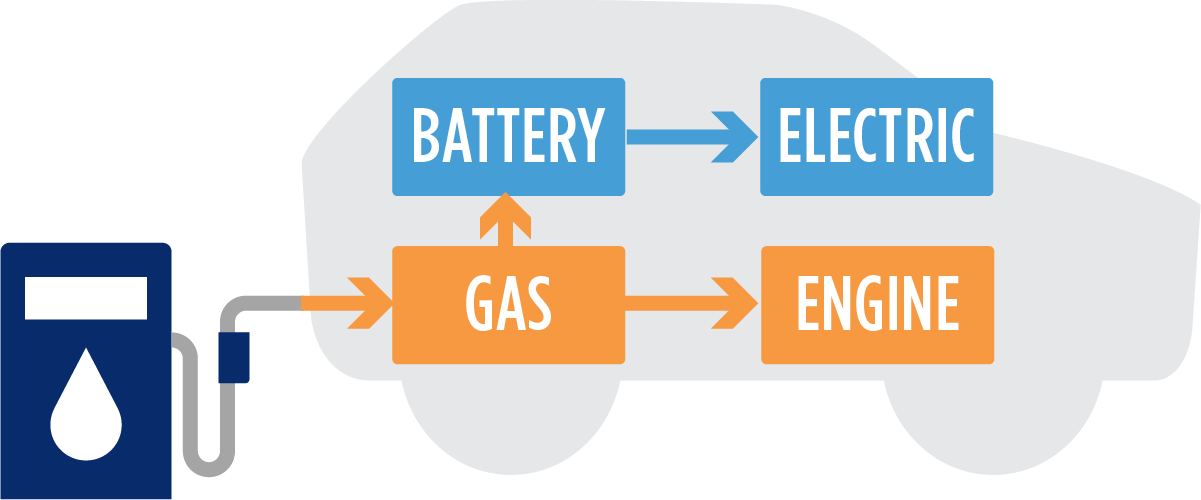
HYBRID ELECTRIC VEHICLES
Simple and seamless
Hybrid Electric Vehicles (HEVs) use gas to fuel the internal combustion engine (ICE), which charges the battery for the electric motor. It does not require electricity, extra maintenance, or anything new to learn behind the wheel, making the transition from ICE to HEV simple and seamless.
Benefits



FAQs
What do I need to know before buying an HEV?
- Acceleration and braking might feel different compared to a gas vehicle. When it comes to acceleration, hybrid systems have been refined to improve responsiveness and smoothness. Hybrids use regenerative braking which may lead to a grabbier pedal feel, but also results in lower brake maintenance.
- Every car has sounds, no matter what type. When a hybrid car starts, it relies solely on electric propulsion, which makes hardly any sound at all and is often whisper-quiet.
- One of the leading benefits of a hybrid vehicle is a longer powertrain warranty than other vehicle types.
How do HEV’s compare to plug-in hybrid electric vehicles (PHEVs)?
Plug-in hybrid vehicles are powered by an electric motor and have a gasoline engine and gas tank.
How do I get the best mileage in a hybrid?
- Using your carʻs hybrid information display to monitor energy usage
- Go easy on the accelerator to keep it in EV mode
- Use ECO mode to get better fuel economy
- Use cruise control to maintain an even speed
Do hybrids require special maintenance?
How much horsepower do hybrids have?
What HEVs do you have in stock?

PLUG-IN HYBRID VEHICLES
Perfect combination between electric and gas
Plug-In Hybrid Vehicles (PHEVs) run on electricity and generate electric power using a battery pack or through regenerative braking. When the battery is depleted, the vehicle switches to gas. PHEVs offer the most range for all your driving needs and peace of mind through the electric and gas combination.
Benefits



FAQs
What is the difference between a plug-in hybrid and hybrid vehicle?
Do I need to plug-in my vehicle to use it?
How long does it take to charge?
How do PHEVʻs perform compared to gasoline-powered vehicles?
PHEVʻs offer better response to support acceleration than a gas engine.

BATTERY ELECTRIC VEHICLES
Zero vehicle emissions
Battery Electric Vehicles (BEVs) run on 100% electricity. Electric power is generated using a battery pack to power the vehicle’s electric motor. BEVs are not dependent on gas and can be conveniently charged at home or at a public charging station.
Benefits



FAQs
Why should I drive an all-electric vehicle?
Does Servco offer EV’s?
Yes, we are pleased to offer an electric vehicle for each of our brands:
Why aren’t there more EV options?
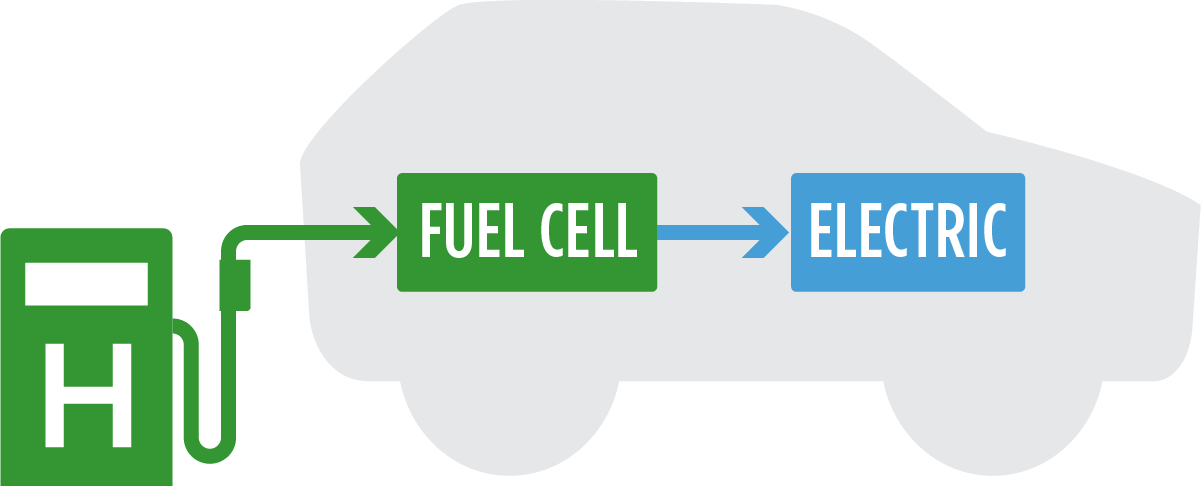
FUEL CELL ELECTRIC VEHICLES
Drive the future today
Fuel Cell Electric Vehicles (FCEVs) are powered by an electric motor that requires hydrogen (H2) gas, which combines with oxygen (O2) from the air to generate electricity. FCEVs are not dependent on gas and run entirely on hydrogen, with the only emission being water.
Benefits



FAQs
What fuel-cell electric vehicle options are available?
Toyota Hawaii is pleased to offer the Mirai and contribute towards the Hawaii Clean Energy Initiative’s goal of achieving 70 percent clean energy by 2030.
How do FCEVs compare to other vehicles when it comes to range?
Fuel-cell electric vehicles can now travel further than many other electrified vehicles. The Toyota Mirai has a class-leading EPA-estimated 402-mile driving range.
Where can I fuel my FCEV?
Vehicles can be fueled at a Toyota certified hydrogen fueling station. The Toyota Mirai comes available with complimentary hydrogen fuel.
How long does it take to fuel?
It takes approximately 5 minutes for a full fill-up, similar to gas or hybrid vehicles.
Where can I learn more about the Mirai?
Check out the Toyota Mirai here.
OUR INITIATIVES
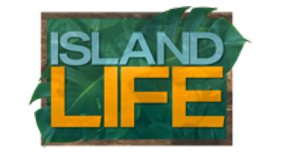
Servco Talks Alternative Fuel Vehicles with KITV Island Life
Host Nikki Holbrook joins Judy Relosimon Ng of Toyota Hawaiʻi and Jordan Doi of Servco Toyota Honolulu to learn moreabout sustainable vehicle options and test drive the Toyota RAV4 Prime and Toyota Sienna.
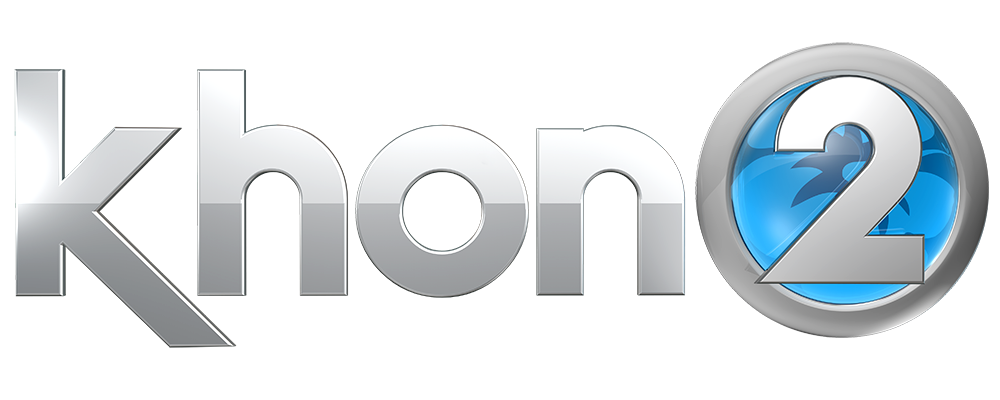
A Variety of Alternative Fuel Vehicles For All Lifestyles
KHON2’s Bryce Moore interviewed our own Judy Relosimon Ng and Servco customer/RAV4 Prime owner, AmyYonashiro, to share the importance of providing a variety of alternative fuel vehicle that best suits the customer’slifestyles and preferences.
EXPLORE

Discover Toyota’s Electrified Lineup
As our lineup continues to grow, discover an impressive balance of efficiency and power—whichever powertrain you choose.

The Lexus Hybrid Electric Line
Discover our impressive lineup of fuel-efficient vehicles and find your ideal hybrid.
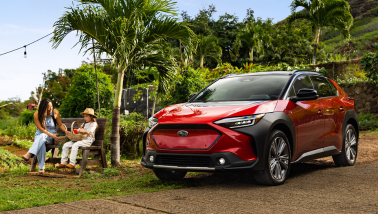
Love is Now Electric with Subaru
Welcome to the next evolution of Subaru power with the all-electric Solterra.

